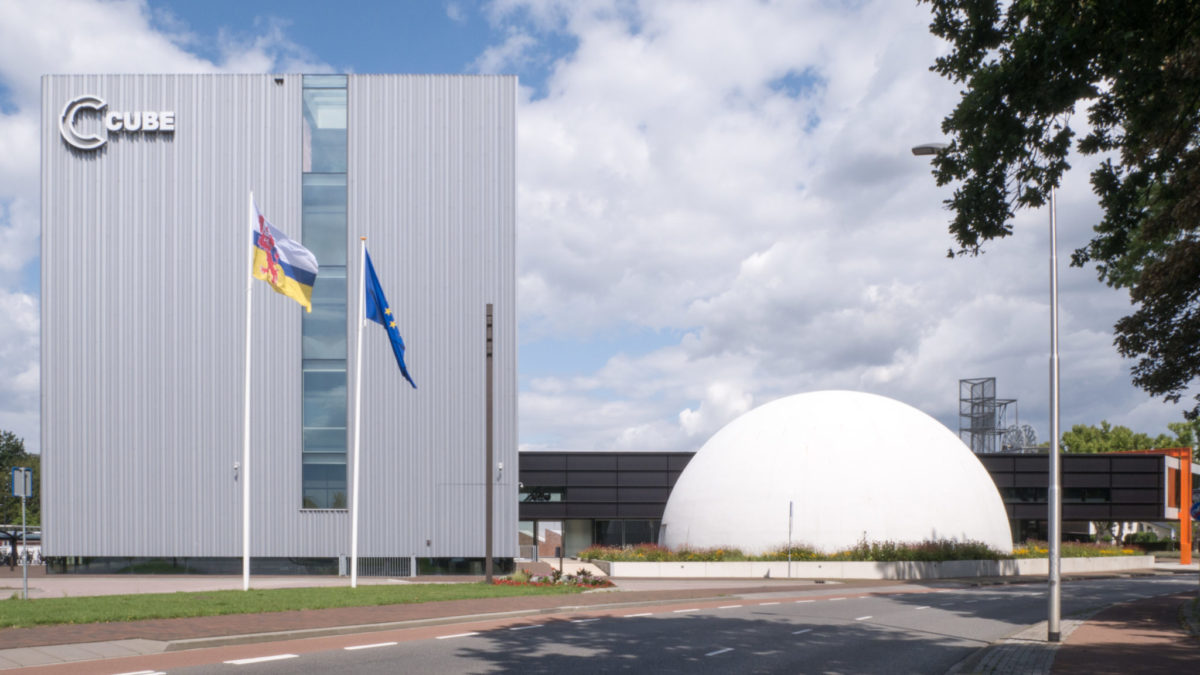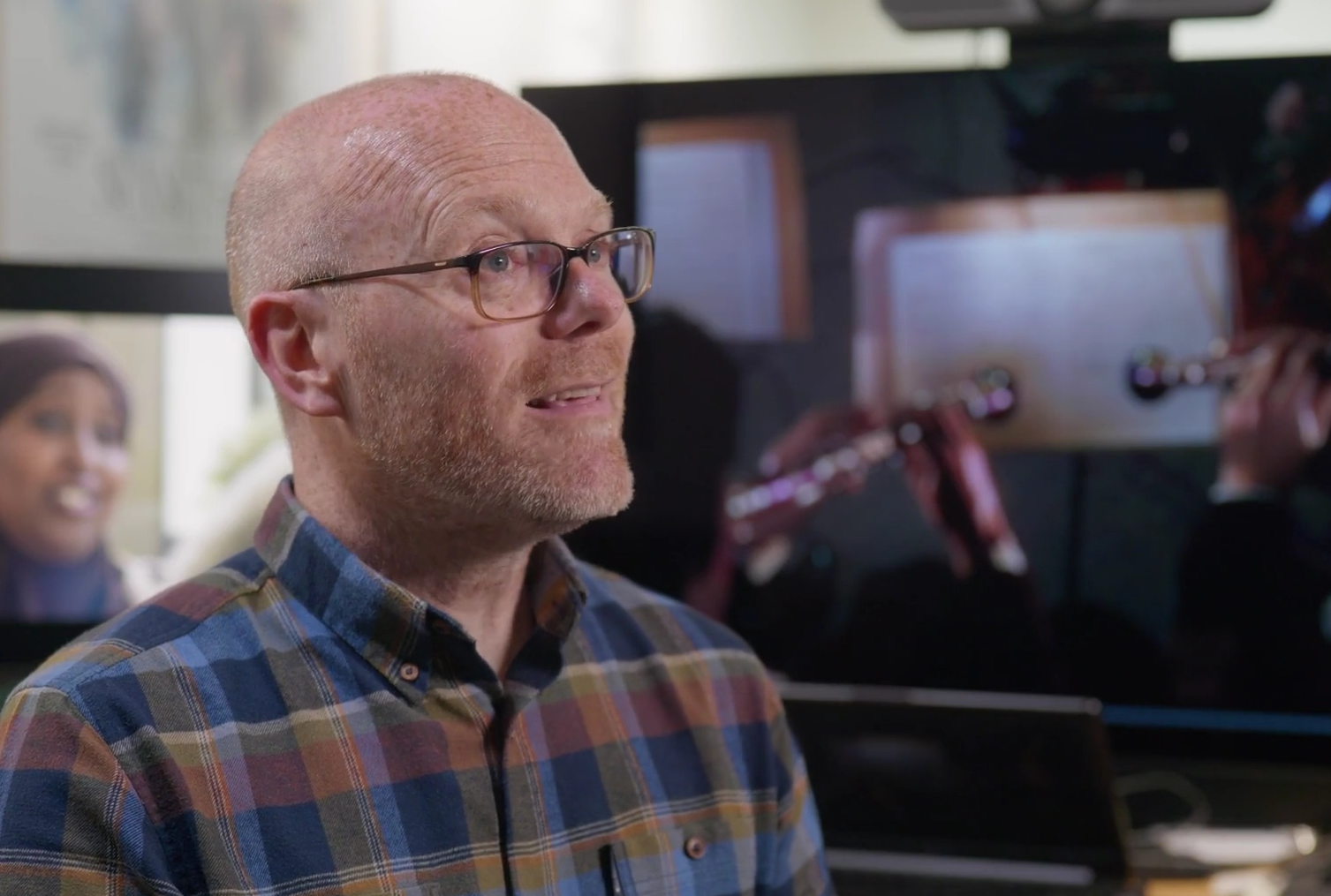After working with Axiell Collections for 6 months, Vivian van Slooten, Assistant Registar, shares her experiences.
Museumplein Limburg, together with the Dutch Mining Museum in Heerlen, works in a joint Axiell Collections system.
How is the collection managed at Museumplein Limburg?
The collection is at the heart of the museum. Our collection comprises 22,000 objects spread over different sub-collections – which our team helps to register, research and display. Added to this is all the loans the museum sends out and receives.
The Collection and Heritage team currently consists of 4 people, a Scientific Assistant/Coordinator, Registration Officer, Registrar and Assistant Registrar – they all now work in Axiell Collections. Since we all have our own account, it is easy to work side by side in the same program.
How long has Museumplein Limburg been working with Axiell Collections?
In November 2018, we upgraded our existing Adlib application, making it possible for us to use Axiell Collections.
Axiell carried out the upgrade in the background without inconvenience to us. First of all, a test migration was done, after which a number of problems in the data emerged. These were checked and adjusted by our scientific assistant / coordinator. Axiell was then definitively able to migrate our data to the new application.
In May, all members of the Collection and Heritage team, as well our partners, attended a tailor-made course which was delivered by Axiell. We had submitted a number of points in advance that we wanted to include in the course, for example the search function, the most important changes compared to the earlier version and the rights structure.
Axiell has adjusted the rights structure so that all users have rights to view all data sets (ie from the various museums), but they can only change their own data set. Since the modification, every user can add a term, but the application manager is in charge. Each new term is given a temporary status, after which the application manager decides whether this is a preferred term.
The data set was definitively migrated in June 2019 and we have been able to use Axiell Collections ever since. Even after the upgrade, we continued our existing cooperation with the Dutch Mining Museum, working with our mining collections in the same system.
Do you see major differences from working in Adlib?
Axiell Collections has brought application management into the 21st Century. For someone who grew up in the digital age, Adlib had a certain “Windows 95” appearance.
The new Axiell Collections application is much easier for us to use, the buttons are located in much more logical places, making the use of the application much more intuitive. You have to think less about the steps you take, so you can spend more time on the collection.
Apart from the use of other icons and buttons, one of the major differences is that the system is web-based. This means that logging in is a lot easier, as it’s just a site on the internet. No longer an external desktop application. This makes it easier for you to look up something when you work at home.
In Axiell Collections, it is also possible to view both a list of results and a single record. This is very useful if you have a set of dishes, for example, with a main ID number for the entire set and part numbers for the individual cups, saucers, a milk jug, teapot and so on. Now you can see them all in the list at the same time and zoom in on a specific item. It is also very nice that the tabs in a record do not jump when they are clicked.
It all looks a bit more practical and clearer and you don’t have to use an external desktop, but it is also mainly the trusted old application.
Tell us more about Stichting Museumplein Limburg
In 1998, the museum opened as Industrion – Museum for Industry and Society. This included the collection of the former Mijnmuseum Rolduc. The collection was also built up from other branches of the industry. The collection told the story of 150 years of living and working in Limburg.
In 2009, the museum reopened as Continium – Discovery Center, a place where visitors could discover for themselves what science and technology meant for their daily lives, in the past, present and future. In addition to historical themes such as coal mining, Maastricht glass & crystal and pottery & porcelain, important themes such as nanotechnology and sustainability were also discussed.
With the transformation to Discovery Center, the concept of a ‘museum’ was given an innovative re-interpretation. The social impact of industry and technology was reinforced by linking the collections from the industrial past of Limburg to contemporary science and technology.
Since 2015, Continium has evolved further to reflect the evolution of our society. The museum now explores the way in which people view, design and shape their living environment. Continium is now part of Stichting Museumplein Limburg, which also includes Cube Design Museum, and Columbus Earth Center. The three institutions, which together form Museumplein Limburg, each offer their own perspective on the relationship between people and their living environment.
Columbus Earth Center is about the earth and nature, the way man treats the earth, how he uses it, what the consequences are and how he tries to protect the earth.
Cube Design Museum looks at how the world around us is designed and the impact this design has on the world. It is about objects, services and applications and looks at the need, ambition or emotion from which the design process of those user elements was developed.
Continium Discovery Center tells the story of the objects that humans use in this liveable world, and what achievements and insights from science and technology have been made. It is a center about the interaction between industry, science, technology and society.
With its three institutions, Museumplein Limburg aims to contribute to the social self-confidence, the economic self-reliance and the cultural awareness of its public and its living environment.




